Vegan Globetrotter is supported by our audience. When you purchase through one of our links, we may earn a small affiliate commission. As an Amazon Associate I earn from qualifying purchases. Your cost is not affected.
==================
If you’ve ever wondered, “What is a Buddha Bowl?” and why it is hailed as the epitome of a healthy vegan dinner option, you’re in for a treat. In a world where fast food often reigns supreme, many are turning towards healthier, more balanced meals that nourish both body and soul. Join us as we delve into the colorful world of Buddha Bowls, exploring their origins, ingredients, and the myriad of ways they can be customized to suit any palate. Get ready to discover how this wholesome bowl of goodness can transform your dinner routine and elevate your overall well-being.
What is a Buddha Bowl? Discover the Ultimate Healthy Vegan Meal Option
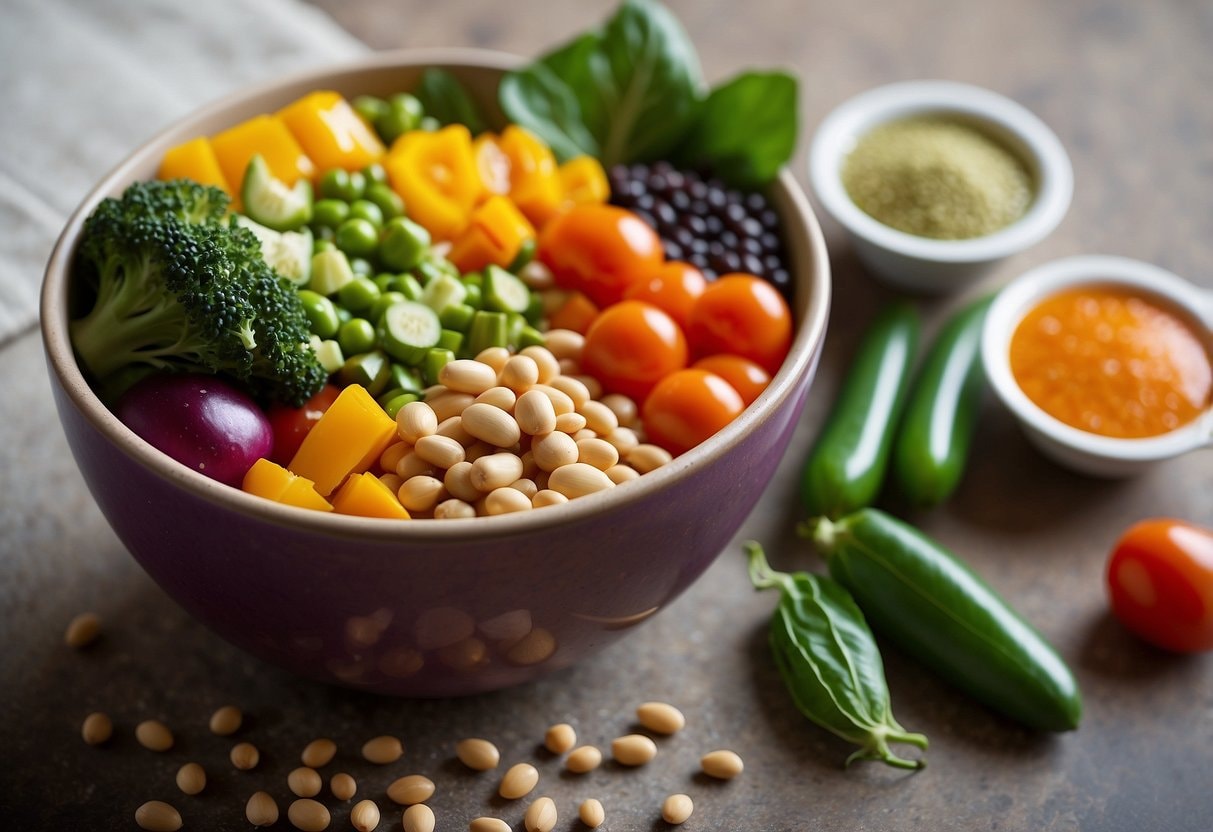
A Buddha Bowl is more than just a meal; it’s a vibrant, nutritious powerhouse that fits perfectly into a healthy vegan diet. But what is a Buddha Bowl? These colorful bowls are packed with a mix of grains, vegetables, and plant-based proteins, offering a balanced and satisfying dinner option. A Buddha Bowl combines various fresh, wholesome ingredients, making it an excellent choice for anyone looking to eat healthily and enjoy a burst of flavor in each bite.
My favorite thing about Buddha Bowls is the endless creativity they allow. You can mix and match different veggies, grains, and proteins to create something new every time. The possibilities are endless, from quinoa and chickpeas to kale and roasted sweet potatoes. Adding a delicious dressing or sauce can elevate the flavors even more, making each bowl a unique experience.
For those curious about how to make their own Buddha Bowls, it’s all about balance and simplicity. Start with a base like brown rice or quinoa, add a variety of veggies, and top it off with a tasty protein like tofu or beans. Finish it with a flavorful dressing, and you have a bowl that’s healthy and incredibly satisfying.
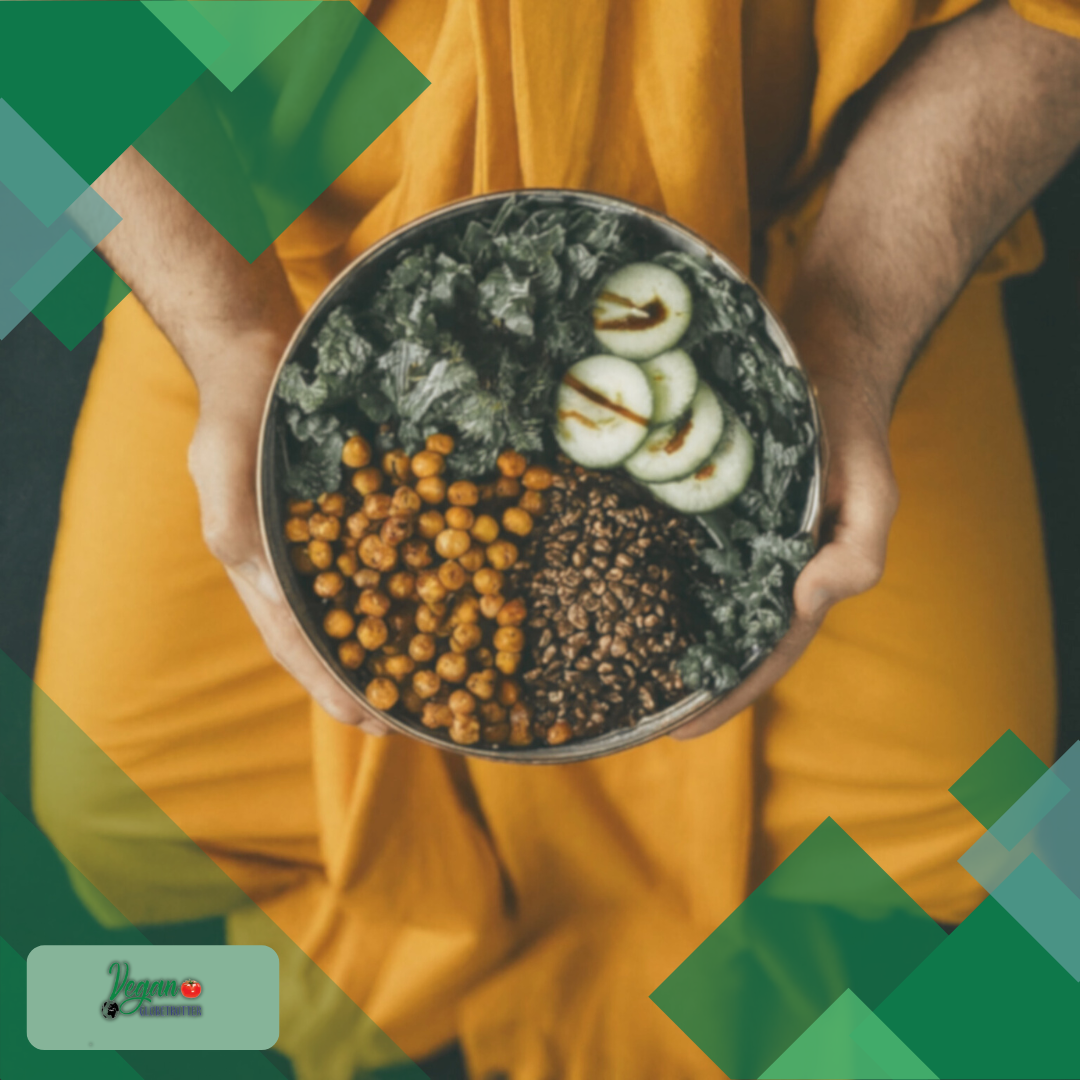
Key Takeaways
- Buddha Bowls combines grains, vegetables, and plant-based proteins to create a balanced meal with essential nutrients, fiber, and healthy fats. They support overall well-being and are ideal for a healthy vegan diet.
- The versatility of Buddha Bowls allows for endless creativity. Mix and match different grains, veggies, and proteins to craft a unique meal each time. Popular combinations include quinoa with roasted sweet potatoes, chickpeas, and kale.
- Crafting a Buddha Bowl is straightforward—start with a base like brown rice or quinoa, add a variety of colorful veggies, and top with a protein source like tofu or beans. Finish with a flavorful dressing for a satisfying and nutritious meal.
- These bowls are packed with fiber, vitamins, and minerals from various vegetables, and plant-based proteins are lower in saturated fats, promoting heart health. Whole grains provide sustained energy and complex carbohydrates.
- Buddha Bowls can be adapted to seasonal ingredients or themed cuisines like Mediterranean or Mexican-inspired bowls. This flexibility keeps meals exciting and tailored to different tastes and dietary preferences.
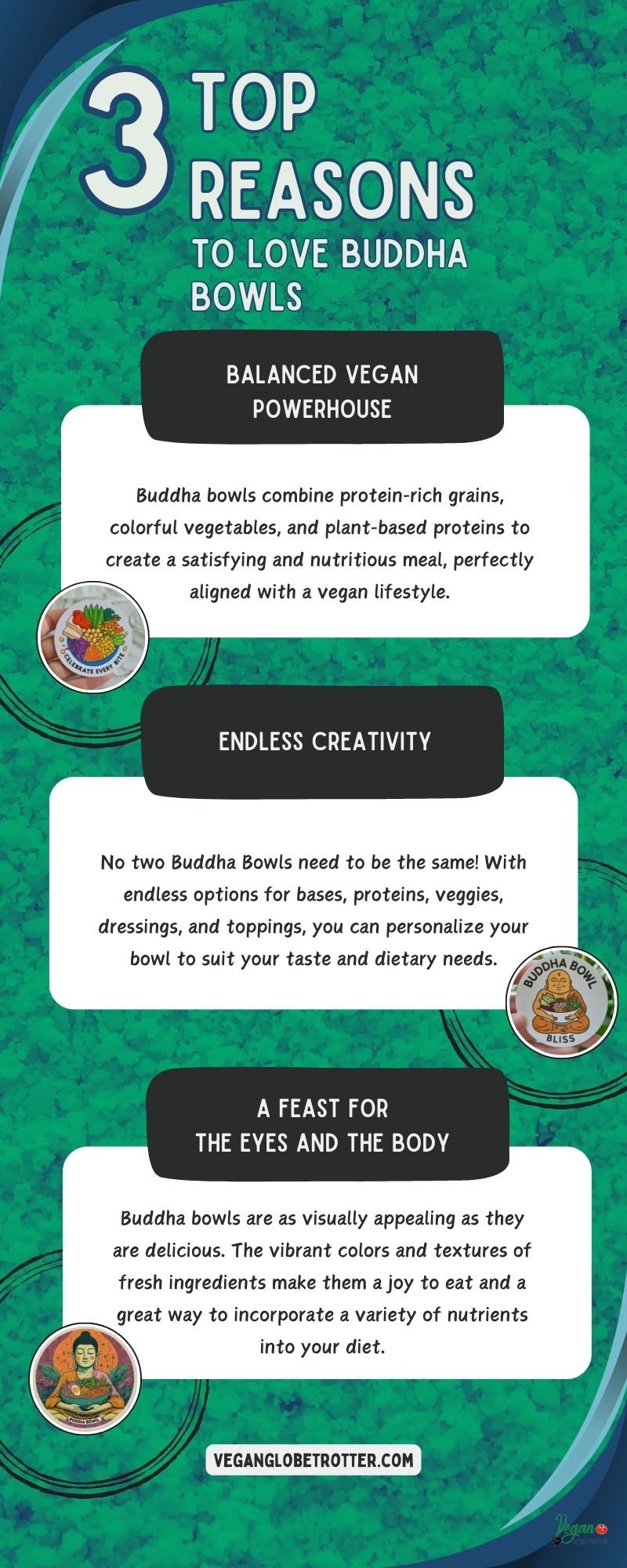
Exploring the Buddha Bowl, Vegan Style
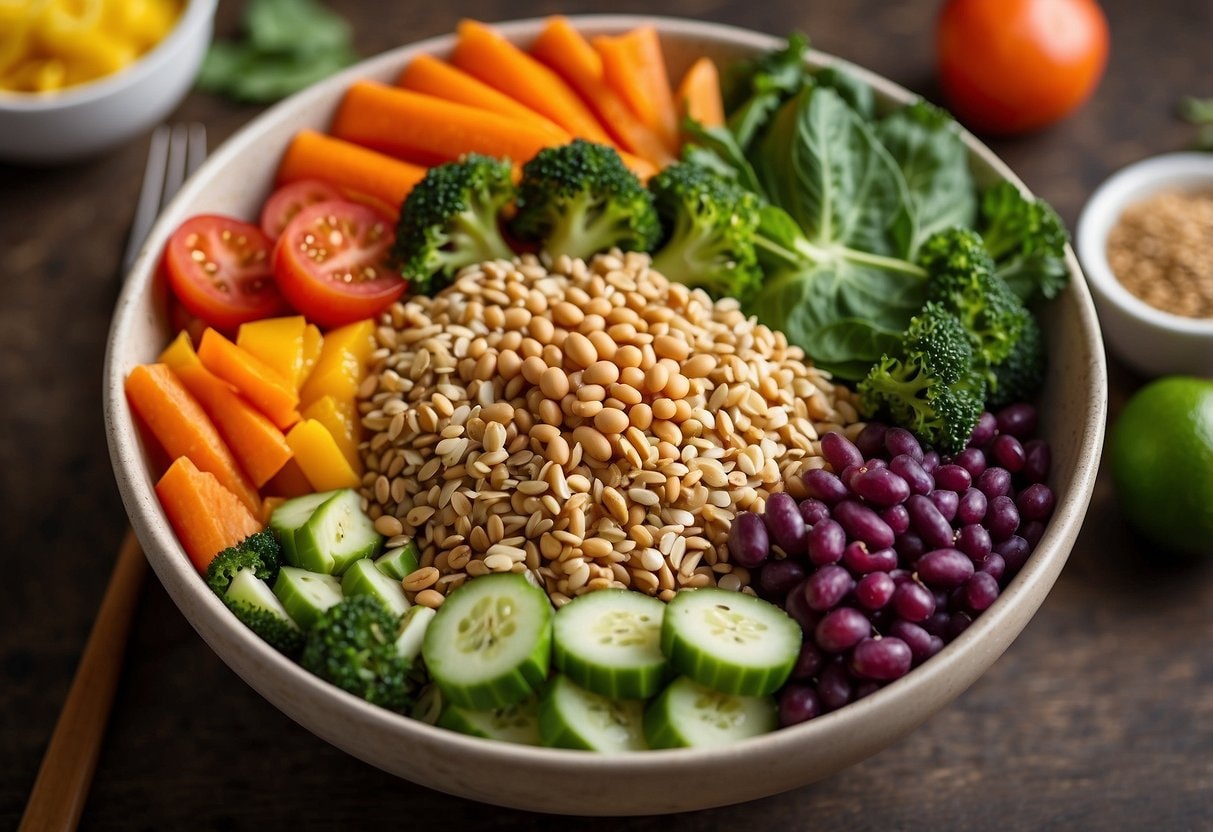
You’re in the right place if you’re wondering, “What is a Buddha Bowl?” and curious about its origin, concept, key components, and benefits. In this section, I’ll explain it all.
Origins and Concept
Buddha bowls are said to be named after the round, “full” shape of Buddha’s belly. They’re also called grain bowls or power bowls. These bowls typically include grains, vegetables, proteins, and dressings. The concept is simple: balance and variety. This means including different flavors and textures. Originally inspired by Buddhist monks, who carried bowls and accepted food from anyone willing to offer, they aimed to create a harmonious meal in a single dish.
Key Components
A vegan Buddha bowl typically includes several key components. The base is usually a grain, such as quinoa, brown rice, or couscous. Protein can come from beans, tofu, or lentils. Vegetables add color and nutrition. Popular choices include sweet potatoes, kale, and broccoli.
To make it more exciting, I love using different colors and types of vegetables, like roasted butternut squash or beetroot. A good dress ties it all together. Hummus or tahini-based dressings are common. For some extra crunch, nuts or seeds can be sprinkled on top.
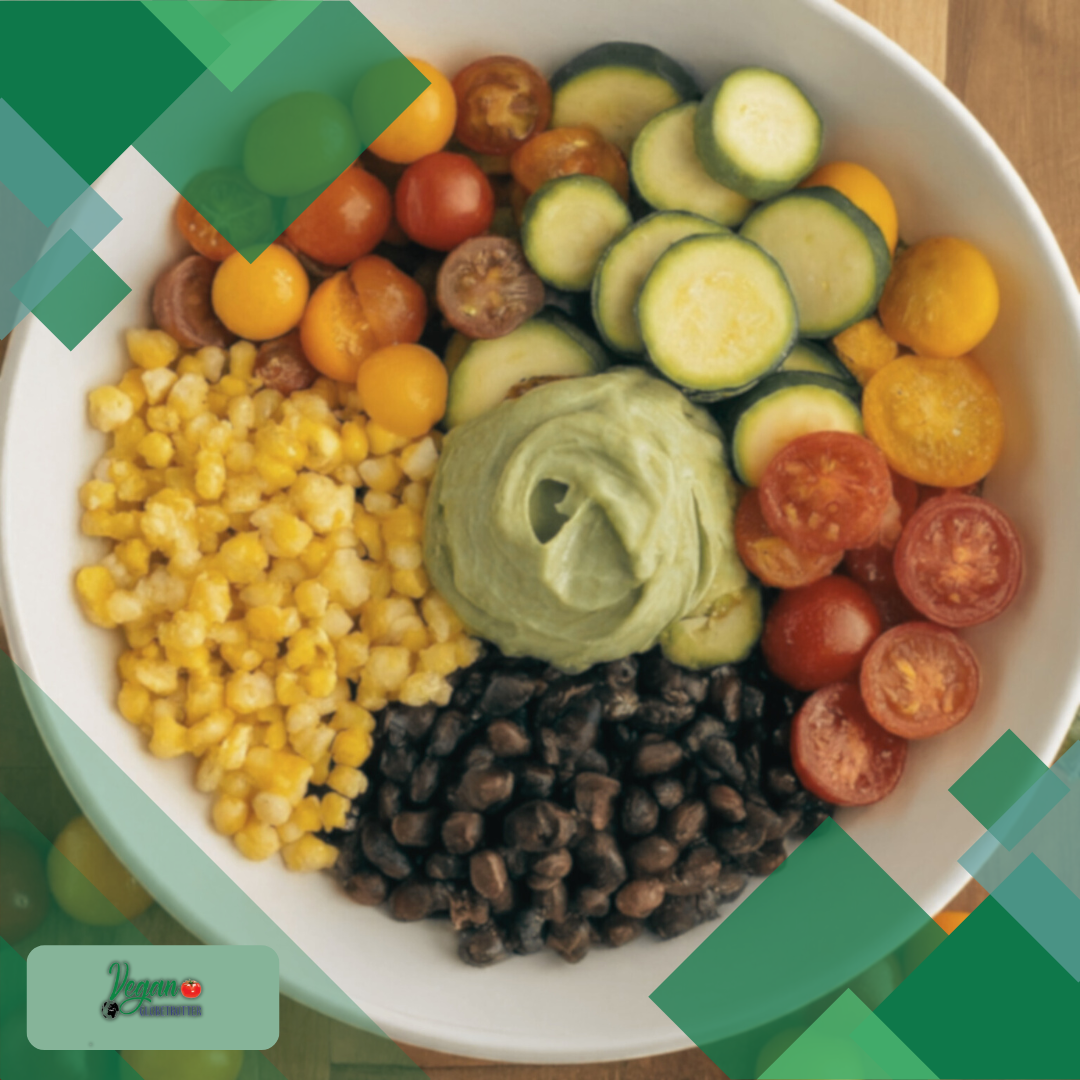
Health Benefits
Eating a vegan Buddha bowl offers multiple health benefits. They help me get various nutrients because they include different food groups. They’re packed with fiber, which aids in digestion and keeps me full longer.
Vegetables provide essential vitamins and minerals. Plus, plant-based proteins are lower in saturated fats. This can be good for my heart health. Using whole grains boosts energy levels and provides complex carbohydrates.
Opting for these nutrient-dense meals supports overall well-being while being delicious. These bowls are an easy way to ensure I eat a balanced diet daily.
Crafting Your Own Vegan Buddha Bowl
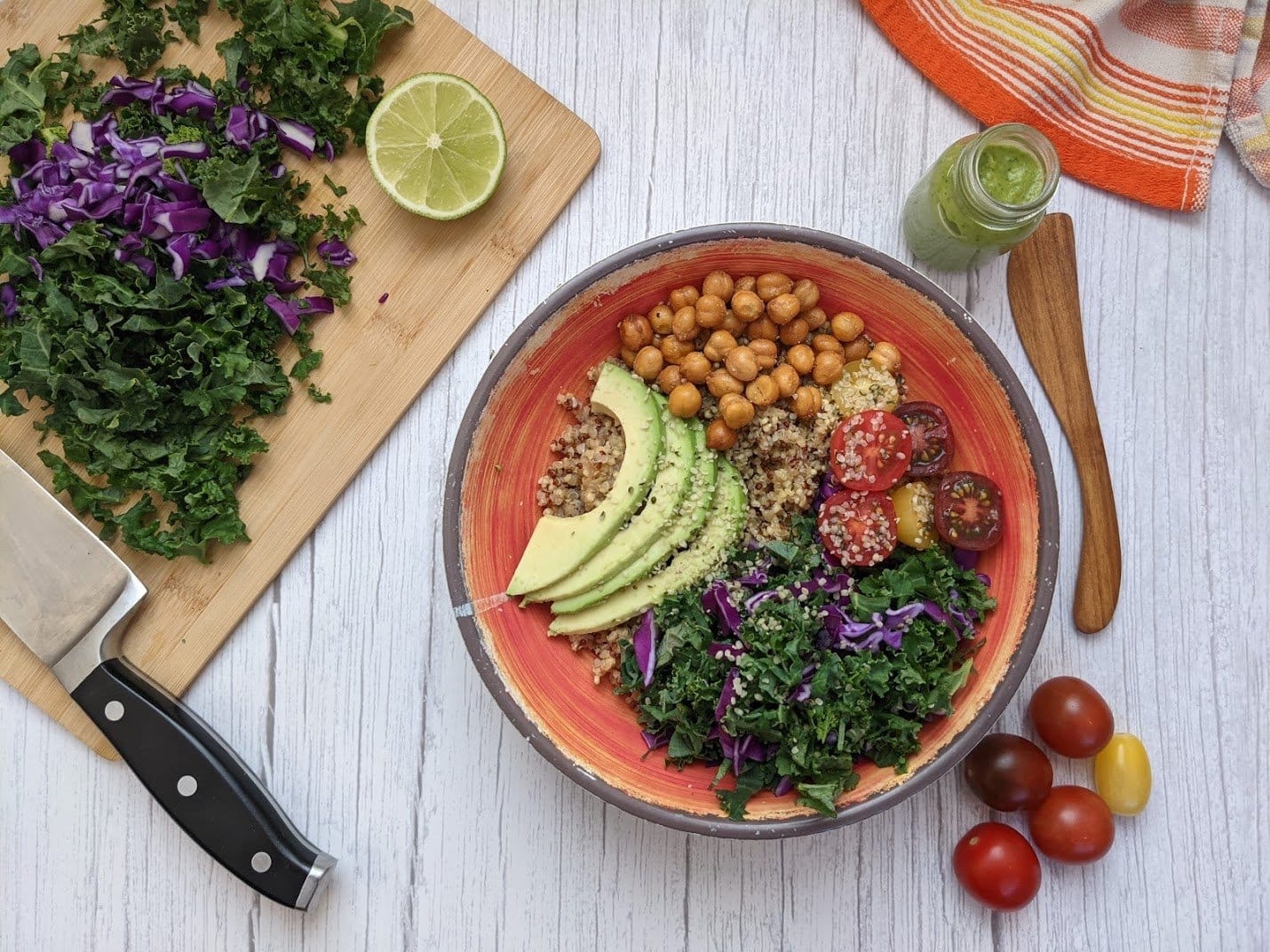
To answer your question, “What is a Buddha Bowl?” you need to understand how to choose a base, select protein sources, incorporate vegetables, and add healthy fats.
Choosing a Base
The foundation of a Buddha bowl is the base. I often start with grains like quinoa or brown rice because they are filling and packed with nutrients. Quinoa is particularly great as it cooks quickly and is a complete protein.
Other bases can include farro, barley, or even noodles like soba. I sometimes use leafy greens such as spinach, arugula, or kale for a lighter option. They add a refreshing crunch and are full of vitamins.
Varied Vegan Protein Sources
Protein is key to making the Buddha bowl satisfying. I like to use plant-based proteins such as chickpeas, lentils, or tofu. Chickpeas can be roasted for a crunchy texture or used as they are. Tempeh is another fantastic option that provides a nutty flavor and firm texture. Edamame can be steamed and sprinkled with a little salt for a simple yet effective ingredient. By rotating these proteins, I keep the meals interesting and balanced.
Incorporating Vegetables
Vegetables add color, flavor, and a significant amount of nutrients. Roasting sweet potatoes or carrots with spices can bring out their natural sweetness. I also like to include fresh options like cherry tomatoes, cucumber slices, and shredded carrots. For some extra flavor, sautéed kale or spinach works wonders. I also add seasonal veggies like roasted beets or Brussels sprouts to keep the bowl exciting. Balancing cooked and raw vegetables gives the bowl a variety of textures.
Adding Healthy Fats
Healthy fats are essential for a balanced meal. Avocado slices are my go-to for their creamy texture and healthy omega-3 fats. I also sprinkle hemp seeds or chia seeds on top for added nutrients and crunch. Nuts like almonds or cashews bring a satisfying crunch and depth of flavor. I often use tahini or a light drizzle of olive oil for healthy fats and added taste for dressings.
Here’s an example video on how to create a vegan Buddha Bowl.
By: Simnett Nutrition
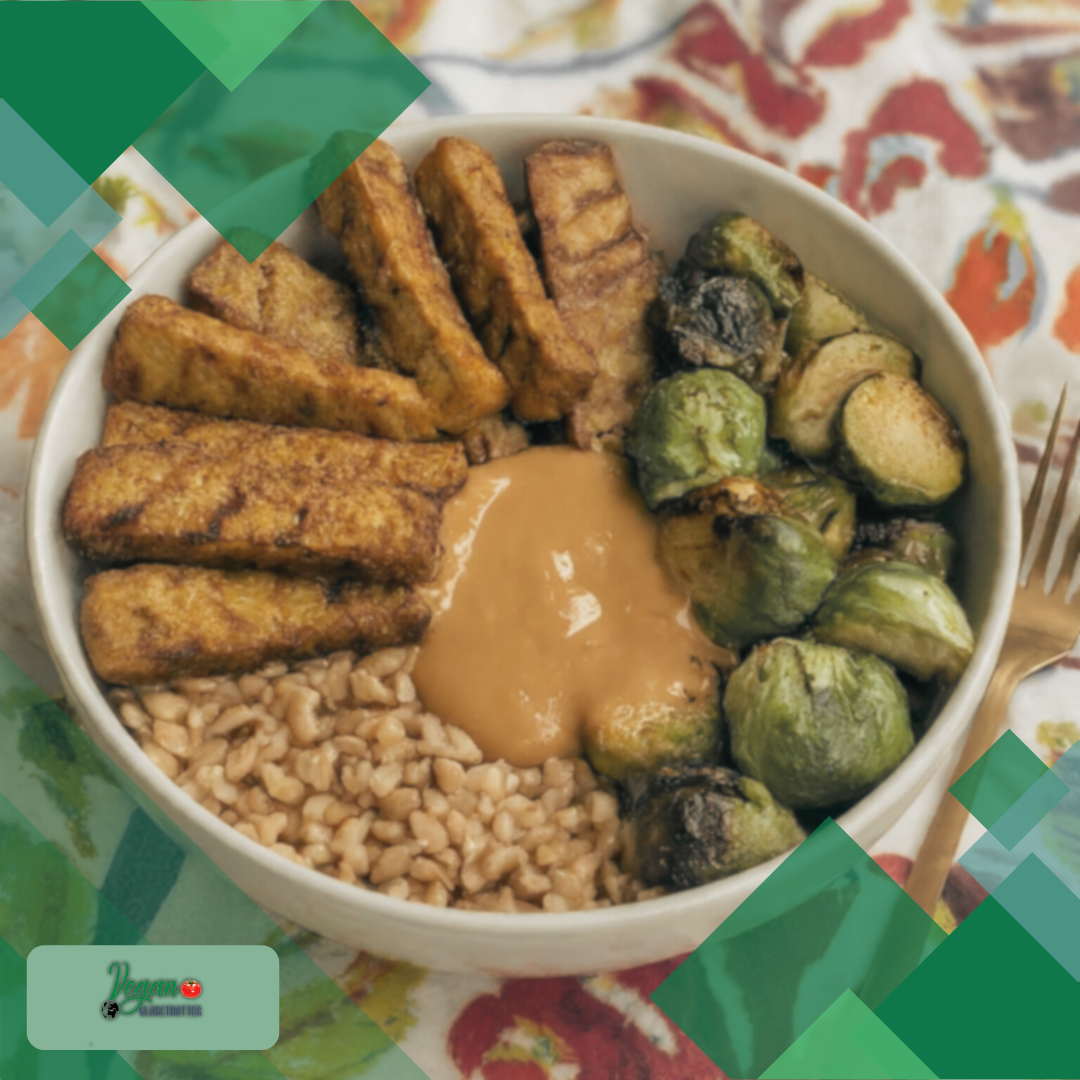
Did You Know?
For beginners, You start with simple recipes like a spicy Buddha bowl with sweet potatoes and chickpeas. It’s easy to follow, taking around 30 minutes.
What is a Buddha Bowl: Dressing and Flavor Enhancers

In this section, I’ll explore some tasty homemade dressings and the best herbs and spices to enhance the flavors of your Buddha bowl.
Homemade Dressings
Creating your dressing gives you control over your ingredients and flavors. One of my favorites is a Creamy Vegan Buddha Bowl Dressing that includes tahini paste, lemon juice, maple syrup, and sesame oil.
Another great option is a Sesame Miso Dressing made with miso paste, sesame oil, and rice vinegar. It’s perfect for adding a tangy and umami-rich flavor. For a bit of a kick, try a Sriracha Tahini Dressing. Combine tahini, lemon juice, garlic, and sriracha for a spicy touch.
Herbs and Spices
Herbs and spices are key to making your Buddha bowl stand out. Fresh cilantro, parsley, and mint can add flavor and color. Cumin, coriander, and paprika can warm up the dish.
I love adding turmeric to my bowls for its bright color and extra health benefits. Adding roasted garlic and ginger can also boost the flavors significantly. Just sprinkling these ingredients can turn a simple bowl into something amazing.
Here’s a video about vegan Buddha Bowl sauces.
By: VegInspired
Buddha Bowl Variations
Buddha bowls can be made in various ways, customized with themed ingredients, or adapted to each season. Let’s dive into some fun and nutritious ideas!
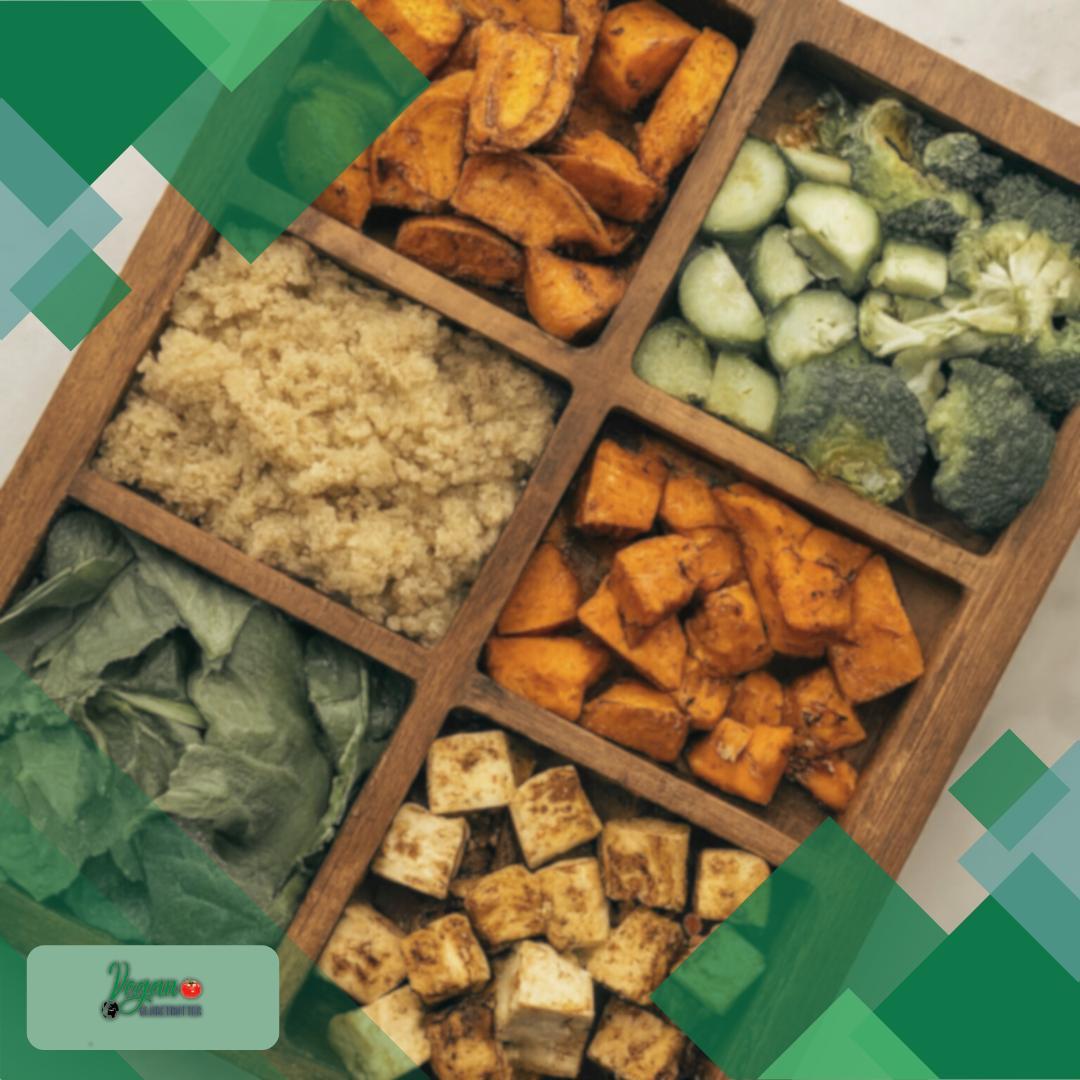
Themed Bowl Ideas
Creating themed Buddha bowls is a great way to mix up your meals.
- Mexican-inspired bowls often feature black beans, corn, avocado, and salsa. They can be served over quinoa and topped with a spicy lime dressing.
- Mediterranean bowls frequently include chickpeas, tomatoes, cucumbers, olives, and hummus, served over greens or grains. A drizzle of tahini sauce can tie everything together.
- For an Asian-inspired bowl, you might use tofu, edamame, shredded carrots, and pickled ginger, served over rice or noodles. Soy sauce or a peanut dressing can give it an extra flavor.
Seasonal Ingredients
Using seasonal ingredients ensures that your Buddha bowls are fresh and nutritious.
- In the spring, try adding fresh peas, asparagus, or radishes. These light and crunchy vegetables pair well with lighter grains like quinoa.
- During summer, include bright and colorful produce like cherry tomatoes, bell peppers, and zucchini. Fresh herbs such as basil and mint can elevate the flavors.
- When fall arrives, roasted root vegetables like sweet potatoes, beets, and carrots become the show’s stars. They are hearty and filling, making them perfect for cooler weather.
- Winter bowls can feature more robust ingredients like kale, roasted Brussels sprouts, and baked butternut squash. Adding a warm grain like millet can make the bowl cozy and satisfying.
Presentation and Serving Suggestions
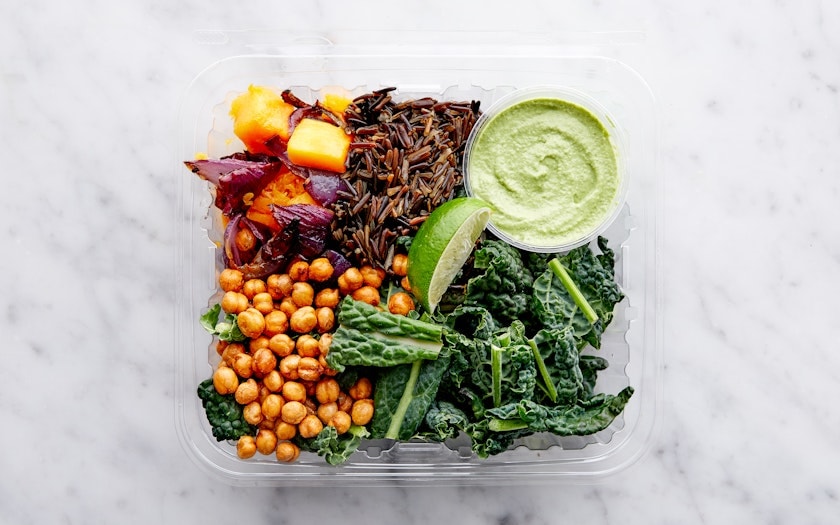
When serving Buddha bowls, presentation is key. I love to use large, shallow bowls that allow all the ingredients to be easily seen. So, what is a Buddha Bowl? It’s all about creating a visually appealing and nutritious meal, highlighting the variety of fresh, vibrant ingredients in each bowl.
The colors and textures make it visually appealing and inviting. Placing ingredients in sections can help. I usually group similar items, like grains on one side, greens in the middle, and proteins on the other.
This not only looks good but makes it easier to eat. Adding garnishes is another great idea. Topping the bowl with fresh herbs, seeds, or a sauce drizzle adds flavor and a finishing touch.
I often sprinkle sesame seeds or chopped cilantro on top. Creating a balance of colors is important, too. Using a variety of vibrant veggies like roasted carrots, beetroot, and kale makes the bowl look lively.
I sometimes use a mix of geometric cuts for the veggies for an even more aesthetic touch. Thin slices, cubes, and julienne styles can add visual interest.
Tips for a Balanced Vegan Dinner
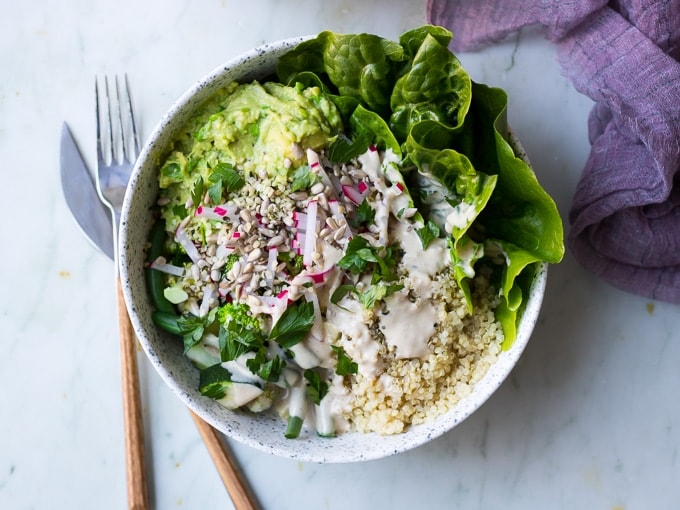
Eating a balanced vegan dinner can be simple and fun! Here’s how I make sure my dinner is both nutritious and tasty.
1. Include a Protein Source
I always make sure to add a good source of plant-based protein. Some of my favorites are:
- Chickpeas
- Lentils
- Tofu
These options help keep me full and provide essential nutrients.
2. Add Healthy Grains
Grains are a great base for any meal. Here’s what I love to use:
- Quinoa
- Brown rice
- Couscous
These grains provide fiber and healthy carbs, which give me energy.
3. Load Up on Veggies
I add as many colorful vegetables as possible. This makes the meal both tasty and nutritious. Some ideas are:
- Sweet potatoes
- Broccoli
- Kale
These veggies are packed with vitamins and minerals.
4. Use Healthy Fats
Including healthy fats is key. Here are some options I often use:
- Avocado
- Nuts and seeds
- Olive oil
These fats help with nutrient absorption and add flavor.
5. Flavor with Dressings and Spices
The right dressings and spices can take a meal to the next level. I like to mix things up with:
- Tahini dressing
- Turmeric hummus
- Paprika and cumin
These add a burst of flavor and extra health benefits.
Buddha Bowls: Your Path to a Healthy Vegan Meal
Buddha Bowls are not just a trend but a transformative approach to healthy eating. They embody the concept of balance and variety in a single, colorful dish. If you’ve been asking yourself, “What is a Buddha Bowl?” the answer lies in its ability to offer a nutrient-dense, satisfying meal that aligns perfectly with a vegan lifestyle. By combining a base of grains, proteins, vegetables, and flavorful dressings, Buddha Bowls provide endless opportunities for creativity and personalization.
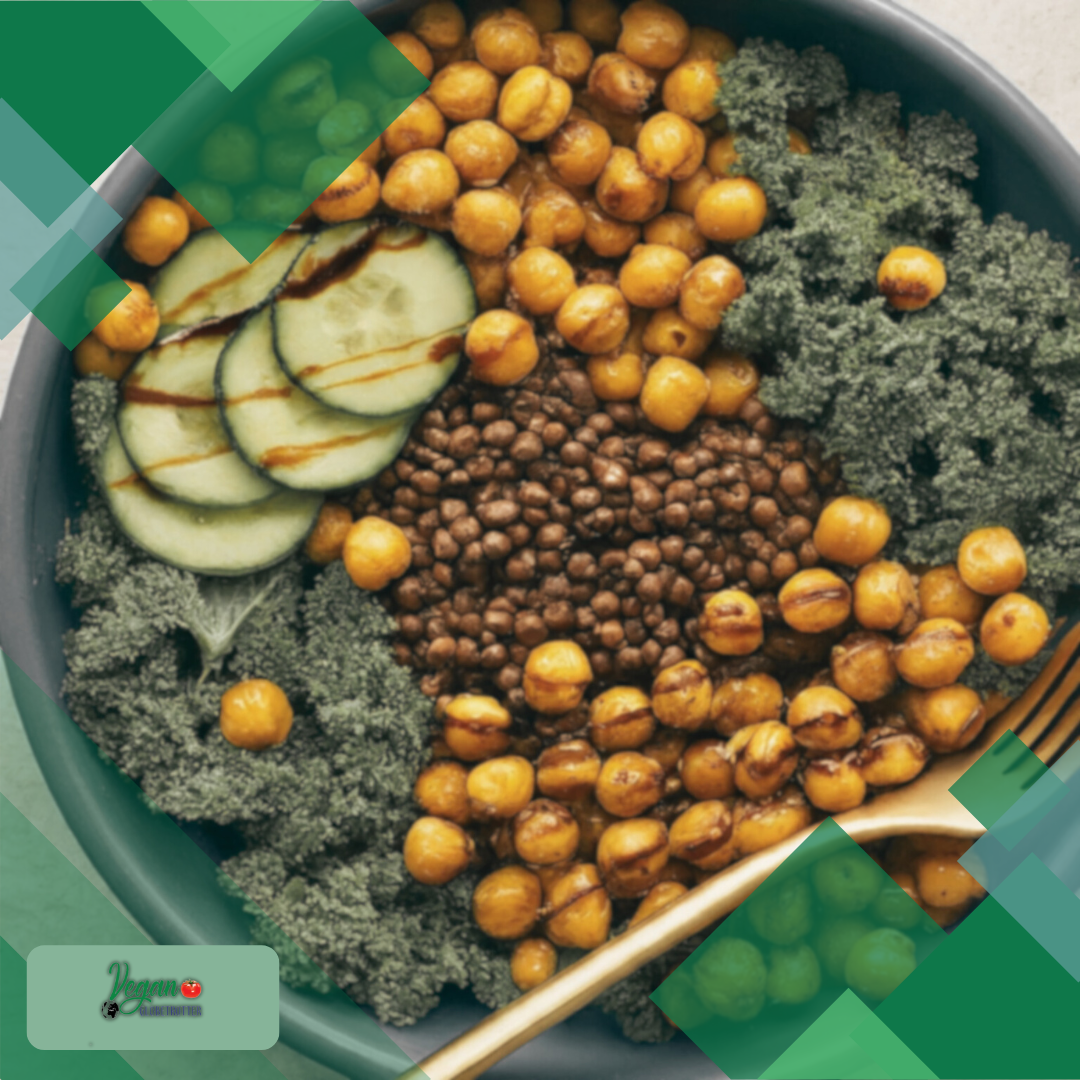
Whether you’re a seasoned vegan or just exploring healthier options, these bowls are a fantastic way to enjoy a balanced, delicious meal. They cater to diverse tastes and dietary needs, making them an ideal choice for anyone seeking both nourishment and flavor. So why not give it a try? Craft your Buddha Bowl and experience the vibrant, wholesome goodness that can elevate your daily meals and support your overall well-being.
Frequently Asked Questions
What Ingredients Are Typically Included in a Vegan Buddha Bowl?
A vegan Buddha bowl usually has grains like quinoa or brown rice. You’ll find proteins such as chickpeas, tofu and plenty of veggies like kale, carrots, and beets. Toppings might include nuts, seeds, and a flavorful dressing. For example, a vibrant option can be found on Vegan Food & Living.
How Do You Make a Simple Buddha Bowl Dressing?
Making a dressing can be easy. Combine ingredients like tahini, lemon juice, garlic, and a pinch of salt. Mix until smooth. Try a golden turmeric hummus from this recipe for an extra kick.
Can Buddha Bowls Be Considered a Balanced Meal Option?
Yes, they can be quite balanced. They often include a good mix of proteins, carbs, healthy fats, and vegetables. This combination helps provide essential nutrients. Meals like those from No Sweat Vegan ensure you get a variety of vitamins and minerals.
Ready to Start Your Vegan Journey? Follow Us on Social Media!
Visit our accounts for delicious vegan recipes, nutritional tips, and inspiring stories from the vegan community. Join us and become part of a vibrant and compassionate network dedicated to healthy and sustainable living!

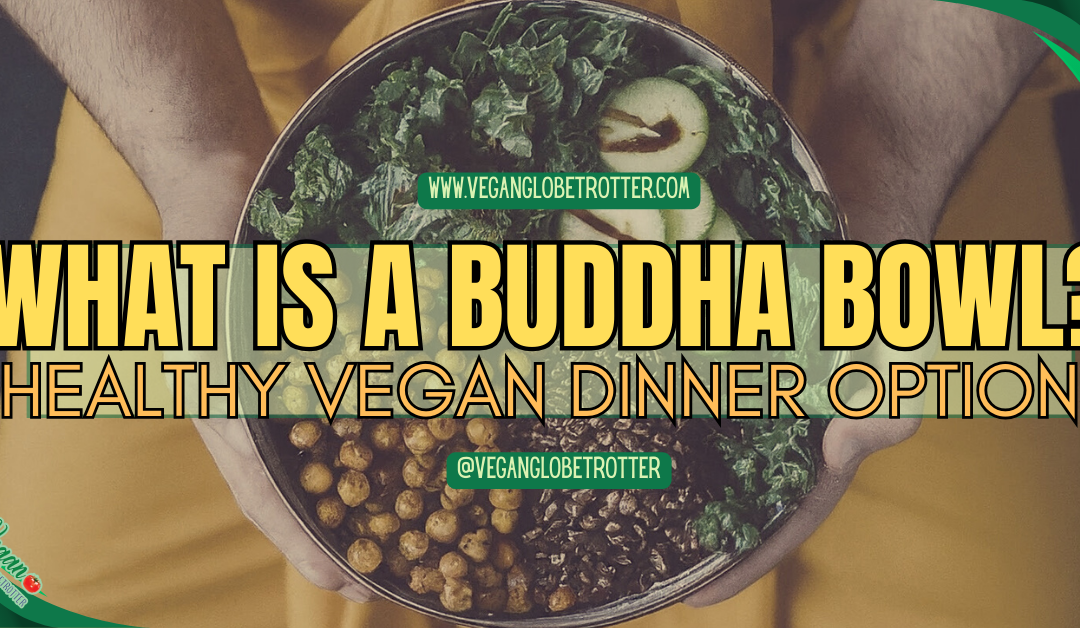

Don't miss out
when new recipes and information are added!
Join our newsletter for free recipes,
healthy living inspiration, and special offers
You have Successfully Subscribed!